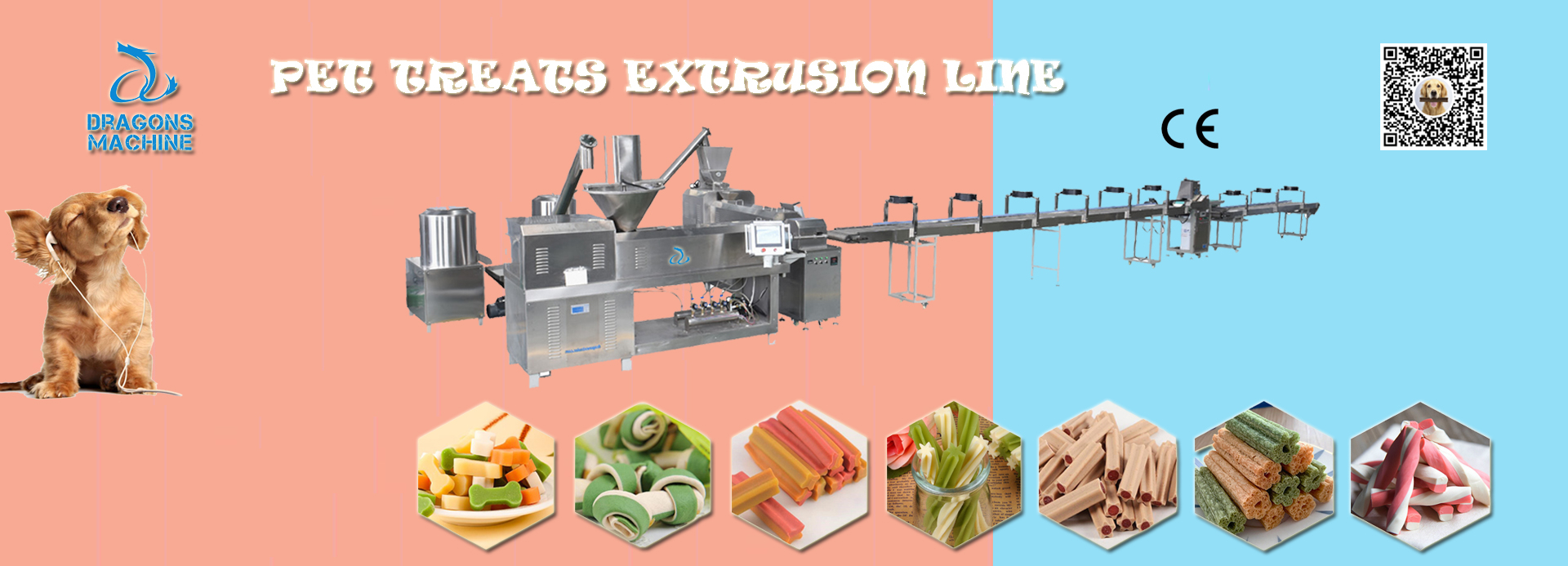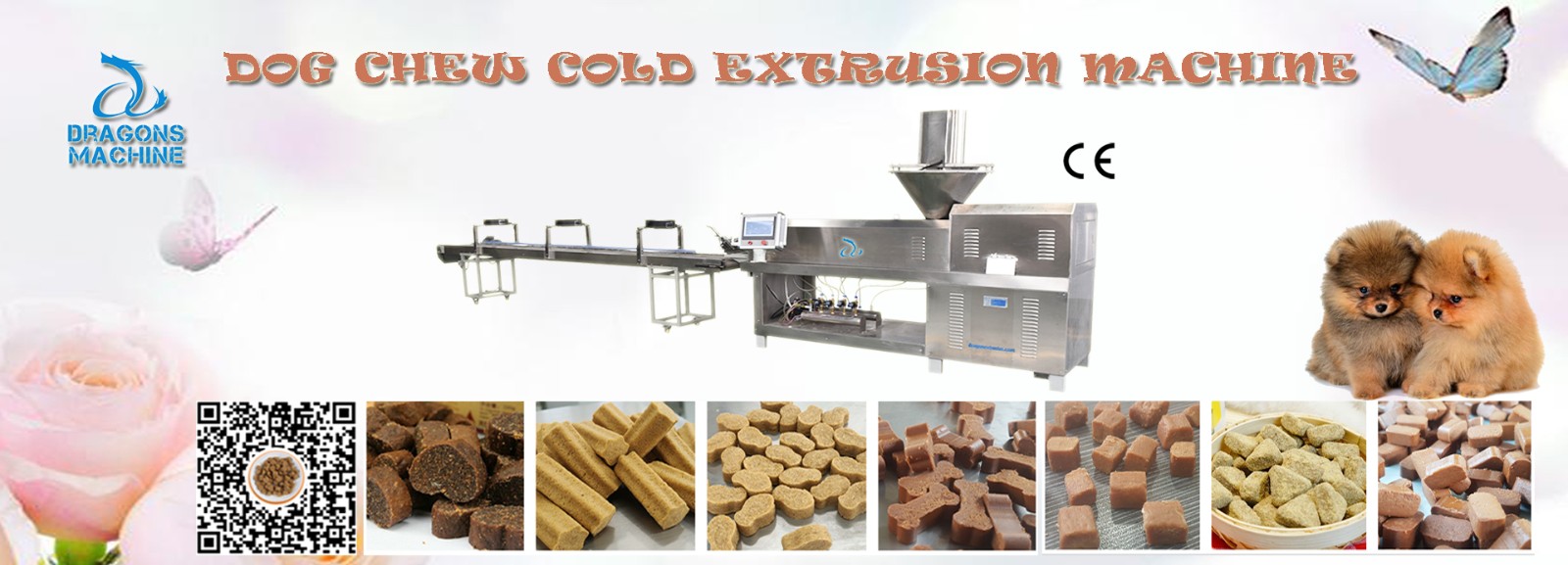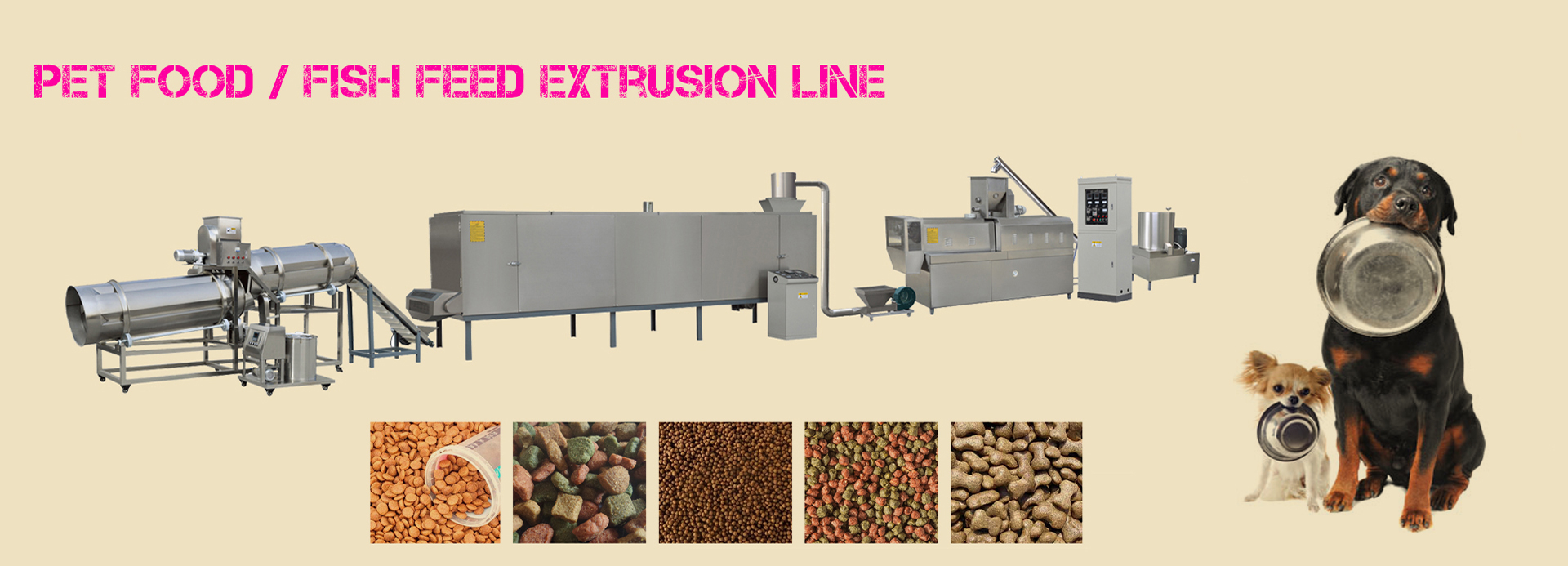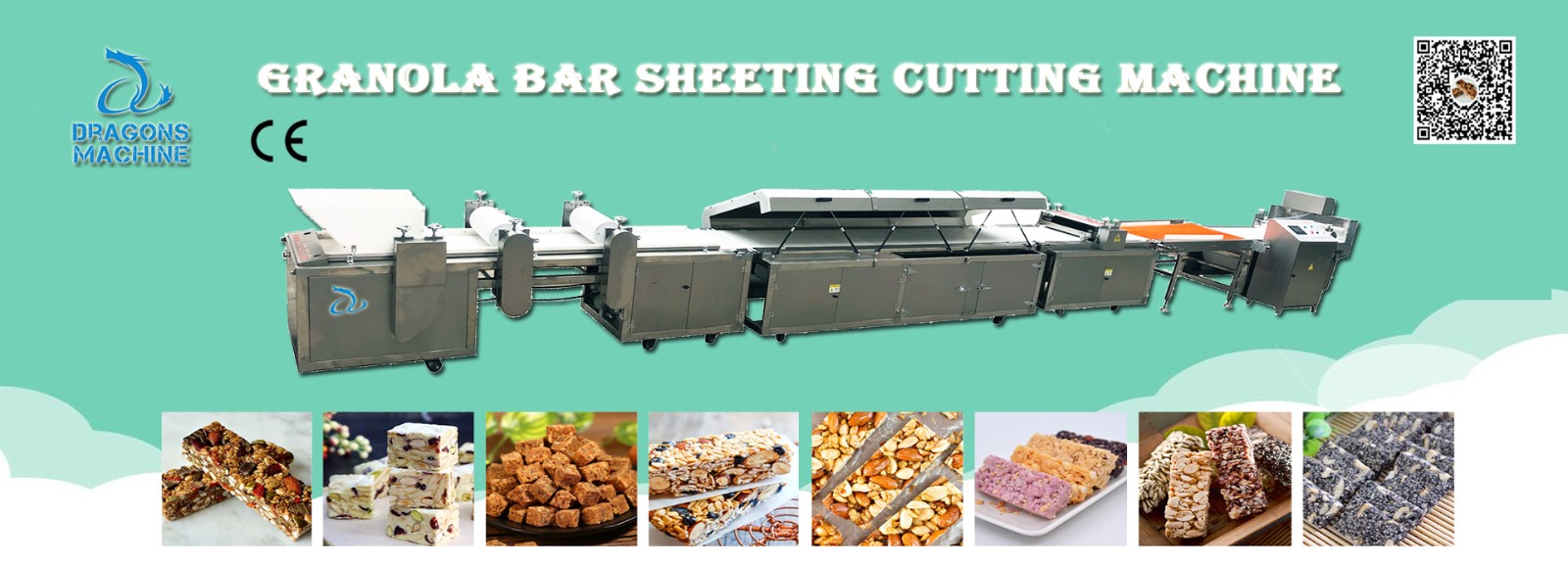Dog owners must know how to read dog food labels. Sadly, the pet food industry has very lax regulations. There are many loopholes that can be used to make dog food labels look attractive and mislead pet owners, so we must remain vigilant as many diseases have been linked to poor quality dog food.
Feeding your dog a healthy and nutritionally balanced dog food is absolutely the best thing you can do for their health. It will contribute to your dog's overall health and prevent many health problems from occurring in the future. However, buying dog food based on the big, bold print on the label doesn't always give you a quality treat.
As I explain below, there are many loopholes in pet food labeling regulations that allow companies to put descriptive terms such as "natural," "whole" and "premium food" on their labels. terms. You need to know what these terms actually mean, the "weight" they carry and how to accurately read dog food labels and find the correct information on pet food packaging so you know you are feeding your dog a healthy diet.
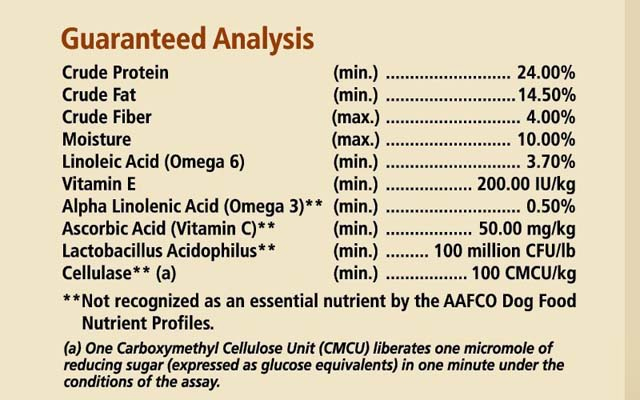
How to read a dog food label
1. The ingredients on the dog food label
Just like food for human consumption, pet food manufacturers must list all ingredients used in the manufacture of their products by weight.
The list of dog food ingredients starts with the heaviest ingredient, which is why you always hear experts say that the protein source should be the first ingredient listed. This means that the majority of the weight is made up of protein sources.
Unfortunately, this is a common misconception.
The meat in dog food is made up of about 75% water. This means that without the weight of the water, the meat may not actually come in first. Meat meals (such as chicken meal) have most of the water and fat removed, so the protein is more concentrated.
Another trick pet food manufacturers use is to break down certain ingredients so that they are placed lower on the dog food label ingredient list.
For example, your dog's food package label may have a list of ingredients naming ground corn, corn bran and corn gluten. If they combine all the corn ingredients together, it will probably be at the top of the list.
This is why it is important to read the dog food label ingredient list carefully from start to finish.
You will see some ingredients on the dog food label that you need to pay special attention to. And, don't count out words you don't know how to pronounce, something many pet owners are often incorrectly advised to do.
We assume that these complex and unique words are man-made ingredients or chemicals. However, often they are actually natural ingredients used as preservatives.
2. The most common ingredients in dog food
According to the Association of American Feed Control Officials (AAFCO), the following are some of the most common ingredients in pet food and what they can and cannot contain.
1. Meat - clean meat from animals that have been slaughtered. Meat includes skeletal muscle, diaphragm, tongue, esophagus, covering skin and fat, heart, tendons (tendons and ligaments), and blood vessels and nerves normally found in meat.
2. Meat by-products - The clean parts of a slaughtered animal, excluding meat. By-products may include organ meats such as liver, long meat, kidneys, spleen, and brain. They may also include bones, blood, fatty tissue, and stomach and intestines if the contents have been removed. This does not include horns, teeth, hair, or hooves.
A note on by-products: We often hear that by-products in dog food are bad and that we should not buy dog food containing them. However, organ meats, such as liver and kidneys, are very beneficial and actually have a high nutritional value for dogs.
3. poultry by-products - These are the clean parts of slaughtered poultry, including the feet, head and giblets. This does not include feathers.
The meat and poultry meals explained here do not have to be just meat. They can also include some byproducts. But this is not a mockery, as these ingredients can actually have a lot of nutritional value. They also add flavor that your dog will enjoy.
When learning how to accurately read dog food labels, you need to avoid artificial colors, preservatives and fillers. In order to be included in pet food, they do need to be approved by the FDA or generally considered safe for dog consumption.
What does this mean exactly?
This is one of the loopholes I'm talking about. It's best to research any ingredients listed on dog food labels that you don't know about. A quick Google search will tell you if the ingredient is man-made or natural and why it is included in your dog food. You will also see information about the possible side effects of the ingredient, if any.
Another trick manufacturers use is to allow them to hide some of the preservatives used in their dog food products. Some things will not appear on the label unless the food is completely made in the USA.
While they don't all do this, manufacturers only need to list the preservatives they add to their products. If the ingredient is sourced from a distant location and processed with preservatives by the purchasing company, the dog food manufacturer does not need to list them.















